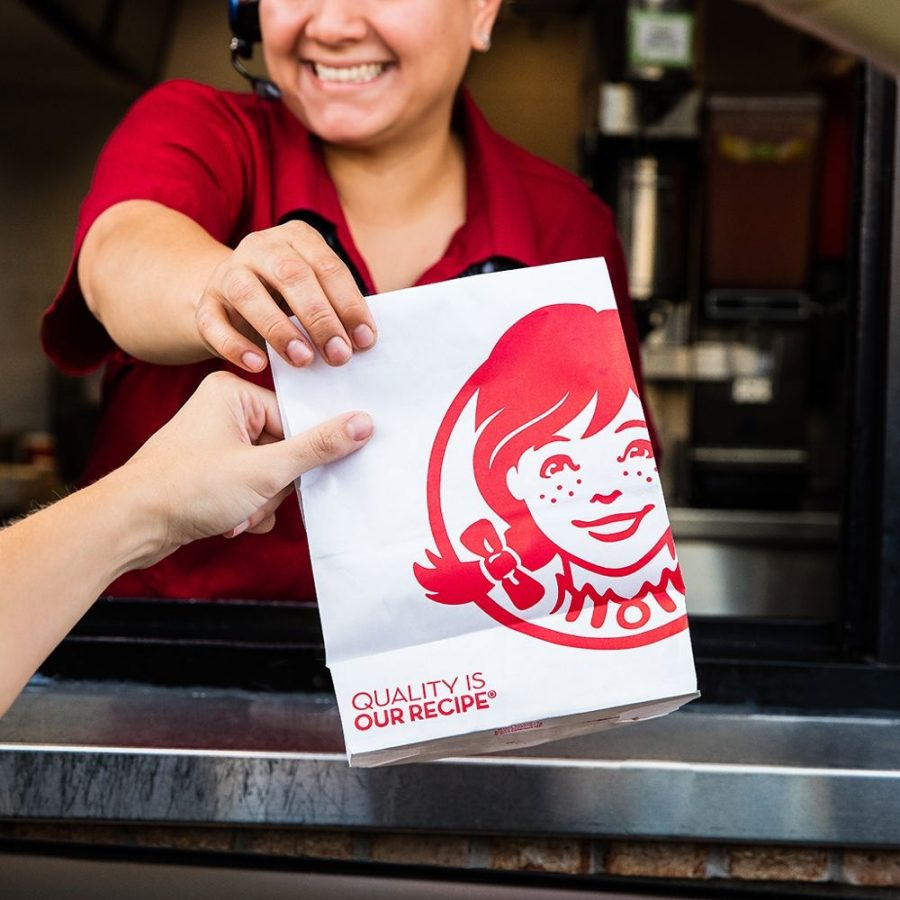Wendy’s E. coli Outbreak
In August 2022, the CDC announced a new E. coli outbreak with an unknown source. Since the start of September 2022, the outbreak has reached a total of 6 states and 97 individuals. There have been 43 hospitalizations and no deaths reported so far.
Each year, the CDC announces several E. coli outbreaks across the US, often linked to beef products or leafy greens. The current outbreak has been linked to Wendy’s restaurants, and although the exact source of the bacterial illness is still in question, romaine lettuce has been the primary suspicion.
According to the CDC, among the victims who had eaten Wendy’s within the week before the onset of the illness, 69% had reported eating romaine lettuce. Lettuce is a common source of E. coli outbreaks as it is served raw in sandwiches and burgers, meaning there is no heat to kill the bacteria. Simply washing the lettuce is not enough to remove all the disease-causing bacteria.
Symptoms associated with the E. coli O157:H7 infection often include stomach cramps, bloody stools, and vomiting. In this outbreak, numerous victims in Michigan have experienced Hemolytic Uremic Syndrome (HUS), a potentially fatal condition in which the destruction of red blood cells can cause impaired kidney function. This may ultimately lead to renal failure. People with HUS have reported extreme pain; one victim even reported it to be more painful than giving birth.
Victims have ranged in age from 3 to 94 years old, and slightly more than half the reported cases have been male. However, the current case count is believed to be incomplete. The most recent E. coli cases linked to this outbreak have likely not yet been reported to PulseNet, a network that can rapidly detect foodborne outbreaks.
Cases have, up until now, been limited to the states of Michigan, Ohio, Indiana, Pennsylvania, Kentucky, and New York. A large majority (58 of the 97, i.e 60%) of the cases originated in Michigan, as reported by the CDC. This outbreak also comes at a time prone to upsurges in E. coli cases, as most of the outbreaks of this disease happen in the fall. According to NBC, this coincides with the lettuce production shifting from the Central Coast of California to the Yuma Valley in Arizona and the Imperial Valley in California. However, there is not enough evidence for scientists to conclude a causal relationship between the shift of production site and the outbreaks.
In response to this particular outbreak, Wendy’s has removed the suspected romaine lettuce from stores in the affected region. Additionally, Wendy’s has publicly announced that the lettuce in their salads is different and unrelated to the outbreak. The company is “fully cooperating” with the CDC’s investigation into the source of the illness and whether other businesses were also affected. Eating at Wendy’s does not seem like a risk, and the CDC has already announced that they are not discouraging customers from going to Wendy’s.
The brand’s name, however, has still been tainted by its connection to this outbreak and the many related lawsuits. Consumers who fell ill after eating at Wendy’s, like Sara Boron, Ebonē Colbert, and Hillary Kaufman, have filed against the company. Colbert, in particular, has sued in hopes of Wendy’s covering her medical expenses. Wendy’s, along with their lettuce company, John Doe Corporation, has also been sued by the law firm Marler Clark as a representative for victims of the outbreak.
What should consumers do in response?
E. coli outbreaks linked to fast food chains have been a problem for many years now. Taco Bell had an outbreak in 2006 and Chipotle had several from 2015 to 2018. The FDA even had to criminally charge Chipotle for its neglect of health and safety standards that was leading to its food poisoning scandals. Although the consumer cannot force food chains and restaurants to adhere to safety protocols, the CDC still has provided recommendations on how consumers can protect themselves from food-borne illnesses.
For the Wendy’s E. coli outbreak of this summer, the CDC has urged people to immediately call their health care provider when exhibiting any of the severe E. coli symptoms. These include dehydration, bloody diarrhea, such vomiting that one can not keep anything down, etc. If experiencing any of these symptoms, the CDC recommends reporting them and answering all questions public health officials may ask. E.coli is also very easily transmitted from one person to another, so the agency discourages victims from contact with healthy individuals outside of their household.
Food poisoning can also be caused by illnesses besides E. coli, and can be prevented. When eating at home, the CDC encourages cleaning and washing hands and surfaces, avoiding cross-contamination between foods, cooking food to the correct temperature, and refrigerating food properly. Leftovers should also be consumed within 3-4 days.
When eating out, avoid foodborne illnesses by checking a restaurant’s inspection score and not ordering any raw food, as not cooking it to a certain temperature will fail to eliminate disease-causing pathogens.
It is important for individuals to follow these guidelines in order to protect themselves from undesirable food-borne infections. But besides following these important notes, eating at Wendy’s seems to be safe for now.

Jade-Sophie, an IB senior, is excited to be returning to the Banner as a Science and Tech editor this year. It is her second year writing and she can’t...

Hannah, a senior, is excited for her fourth year in the Harriton Banner! As a returning Science & Tech section editor, she is excited to continue reading...


